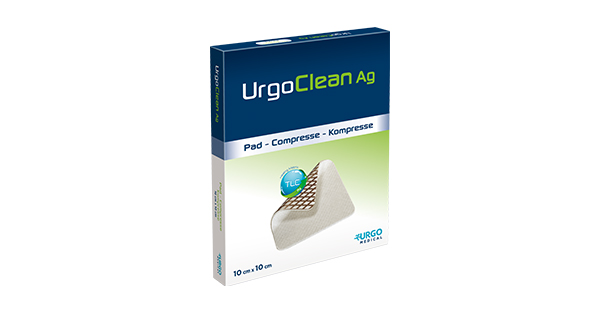A deep tissue injury (DTI) is a type of subcutaneous tissue damage that results from an externally applied mechanical load (pressure). Recognition that DTIs have features distinct from pressure ulcers (PUs) led to DTIs being added in 2009 to the international classification of pressure ulcers (PUs) produced by the European Pressure Ulcer Advisory Panel and National Pressure Ulcer Advisory Panel (EPUAP/NPUAP, 2009). A DTI is not always associated with broken skin and does not always become the open wound often defined as a PU. However, DTIs do have the potential to develop into large, deep wounds with significant tissue loss that have serious consequences for patients and healthcare systems (Peart, 2016).
The formalisation of DTIs as a distinct category within PU classification is relatively recent. This, along with recent changes in PU terminology in some parts of the world (Box 1), and variations across the UK’s healthcare systems in requirements for reporting and data collection, has caused confusion. It is likely that DTIs are under-reported because they are not always easy to recognise, particularly in the early stages, and may be miscategorised or not reported. In addition, some reporting systems do not include DTI or delay recording of the tissue damage until classification as one of the main PU categories is made.







